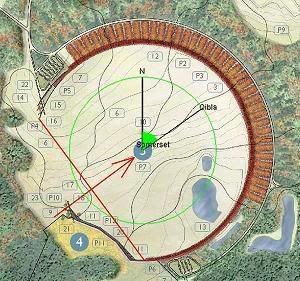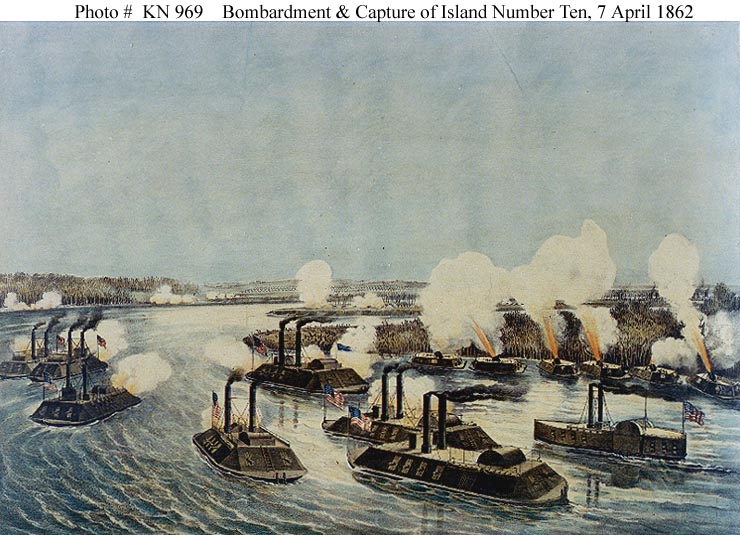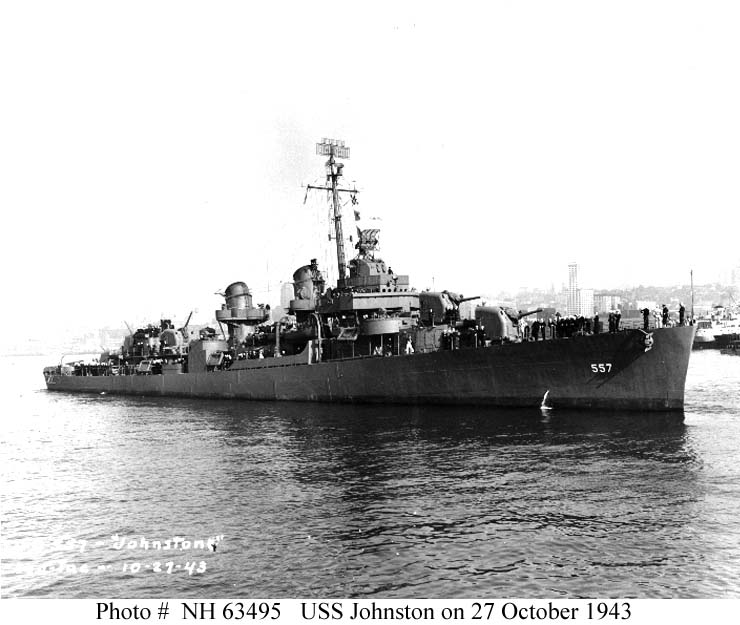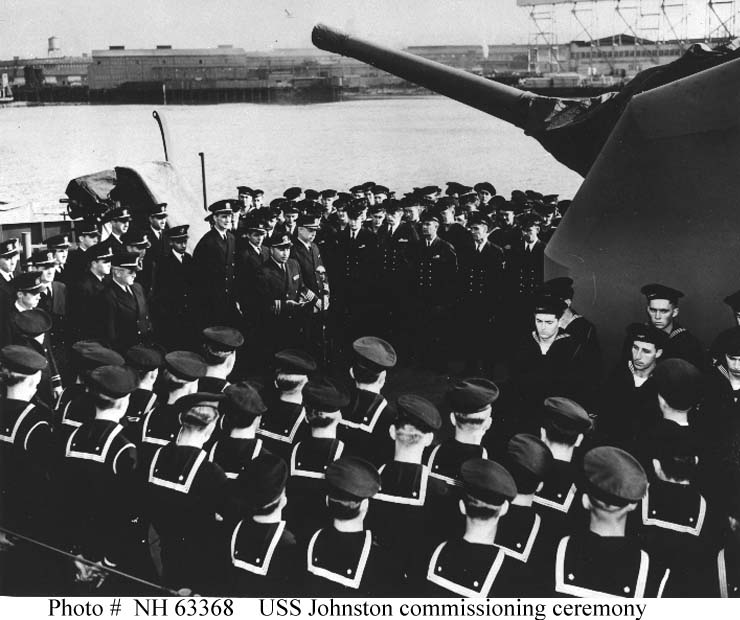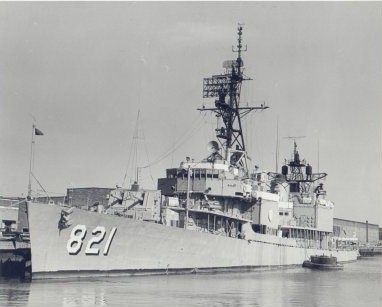<del>Monday</del>Thursday Maritime Matters: Special Edition
October 25th, 2007 by xformed
I wrote about the USS JOHNSTON (DD-557) this past Monday. Today I pause to honor her captain, LCDR Ernest E. Evans, USN.
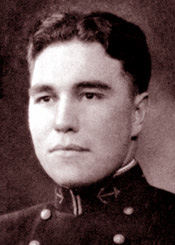
Ernest Edwin Evans (13 August 1908 – 25 October 1944) was born at Pawnee OK and graduated from Central HS in Muskogee before enlisting in the US Navy on 29 May 1926. He was appointed to the U.S. Naval Academy in 1927, graduating with the class of 1931. He served in USS Colorado, USS Roper, USS Rathburne, USS Pensacola, USS Chaumont, USS Cahokia, and USS Blackhawk. During World War II, he commanded USS Alden (DD 211) and USS Johnston (DD 557).
On the day of commissioning of the USS JOHNSTON (DD-557), Captian Johnston said to his crew:
“This is going to be a fighting ship. I intend to go in harm’s way, and anyone who doesn’t want to go along had better get off right now.”
Words he lived by, words he died by, and the words he will forever be remembered by.
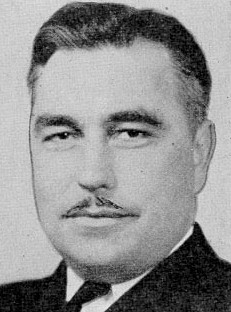
Johnston’s gunnery officer later reported “We felt like little David without a slingshot.” In less than a minute Johnston was zigzagging between the six little escort carriers and the Japanese fleet and putting out a smoke screen over a 2,500-yard front to conceal the carriers from the enemy gunners: “Even as we began laying smoke, the Japanese started lobbing shells at us and the Johnston had to zigzag between the splashes…. We were the first destroyer to make smoke, the first to start firing, the first to launch a torpedo attack….”
At 10 NM, the close to the maximum range of the 5″38/caliber guns, JOHNSTON opened fire at the IJN Kumano, a cruiser, and scored hits. Captain Evans then maneuvered to fire his 10 21″ torpedoes at Kumano, before darting behind a smoke screen. Upon coming through the smoke, the Kumano was seen to be badly damaged and on fire as a result of the immediate attack by JOHNSTON.
Three 14″ shells struck the JOHNSTON, damaging the bridge area and reducing her engineering plant to one engine. Wounded, yet undeterred, Captain Evans took her back into the battle, and purposely directed his gunnery officer to fire on a Japanese heavy cruiser that was firing on the USS GAMBIER BAY (CVE-73), in the hopes of distracting the Japanese from further damaging her intended target.
Next, her took on an approaching Japanese destroyer squadron, chasing them off with effective gunfire. They retired to a safe distance out of JOHNSTON’s gun range, and then Japanese cruisers moved in to take on this FLETCHER Class destroyer that had fought so bravely. They finished her off:
The enemy ships closed in for an easy kill, pouring fire into the crippled destroyer. Johnston took a hit which knocked out one forward gun, damaged another, and her bridge was rendered untenable by fires and explosions resulting from a hit in her 40 mm ready ammunition locker. Evans, who had shifted his command to Johnston’s fantail, was yelling orders through an open hatch to men turning her rudder by hand. At one of her batteries a crewman kept calling “More shells! More shells!” Still the destroyer battled to keep the Japanese destroyers and cruisers from reaching the five surviving American carriers: “We were now in a position where all the gallantry and guts in the world couldn’t save us, but we figured that help for the carrier must be on the way, and every minute’s delay might count…. By 9:30 we were going dead in the water; even the Japanese couldn’t miss us. They made a sort of running semicircle around our ship, shooting at us like a bunch of Indians attacking a prairie schooner. Our lone engine and fire room was knocked out; we lost all power, and even the indomitable skipper knew we were finished. At 9:45 he gave the saddest order a captain can give: ‘Abandon Ship.’… At 10:10 Johnston rolled over and began to sink. A Japanese destroyer came up to 1,000 yards and pumped a final shot into her to make sure she went down. A survivor saw the Japanese captain salute her as she went down. That was the end of Johnston.”
Captain Evans did what destroyers are to do: Place his ship between the enemy and the main force units. He pressed the battle, regardless of his injuries, and damage to his ship, to give the carriers time to clear the area, only giving up when he had lost every means of combating the adversaries.
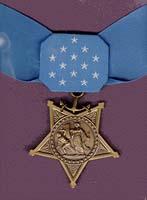
Medal of Honor citation for CDR Earnest Evans, CO of Johnston reads:
For conspicuous gallantry and intrepidity at the risk of his life above and beyond the call of duty as commanding officer of the U.S.S. Johnston in action against major units of the enemy Japanese fleet during the battle off Samar on 25 October 1944. The first to lay a smokescreen and to open fire as an enemy task force, vastly superior in number, firepower and armor, rapidly approached. Comdr. Evans gallantly diverted the powerful blasts of hostile guns from the lightly armed and armored carriers under his protection, launching the first torpedo attack when the Johnston came under straddling Japanese shellfire. Undaunted by damage sustained under the terrific volume of fire, he unhesitatingly joined others of his group to provide fire support during subsequent torpedo attacks against the Japanese and, outshooting and outmaneuvering the enemy as he consistently interposed his vessel between the hostile fleet units and our carriers despite the crippling loss of engine power and communications with steering aft, shifted command to the fantail, shouted steering orders through an open hatch to men turning the rudder by hand and battled furiously until the Johnston, burning and shuddering from a mortal blow, lay dead in the water after 3 hours of fierce combat. Seriously wounded early in the engagement, Comdr. Evans, by his indomitable courage and brilliant professional skill, aided materially in turning back the enemy during a critical phase of the action. His valiant fighting spirit throughout this historic battle will venture as an inspiration to all who served with him.
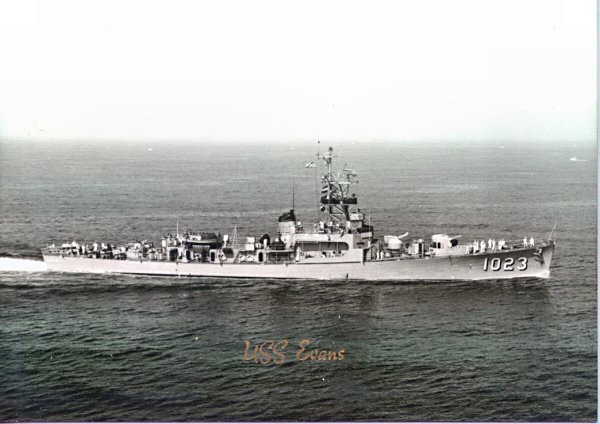
One ship has been named to honor a man so courageous: USS EVANS (DE-1023), a destroyer escort of the Dealey Class.Commissioned Jun 14th, 1957, her tactical call sign was, appropriately, “Turning Point.” EVANS was homeported in San Diego. The history I can find shows she completed deployments to the Western Pacific, seeing service during the Quemoy-Matsu saber rattling between the US, Taiwan and China, and off Vietnam in the mid-60s. EVANS was decommissioned in 1968 from the active fleet in 1968. Placed in the reserve fleet, she was scrapped in 1973.Walk the Line download
Category: Quotes | 3 Comments »

